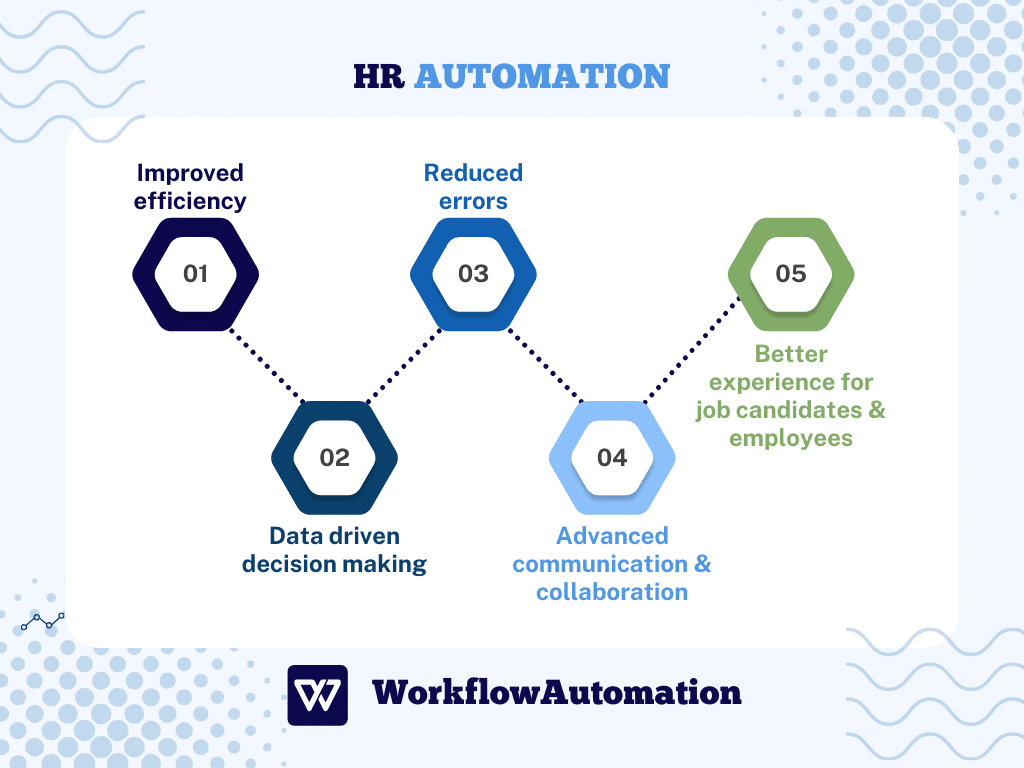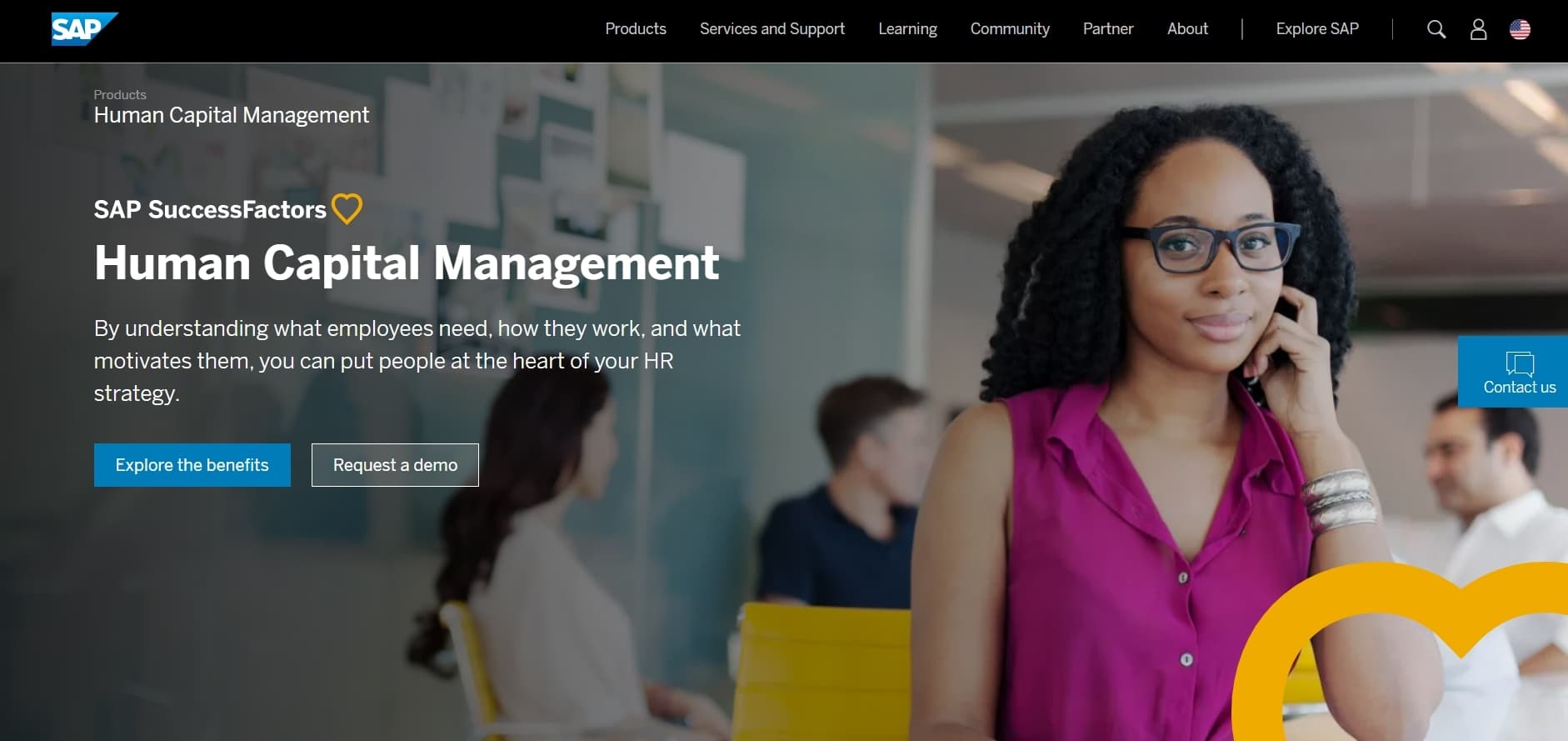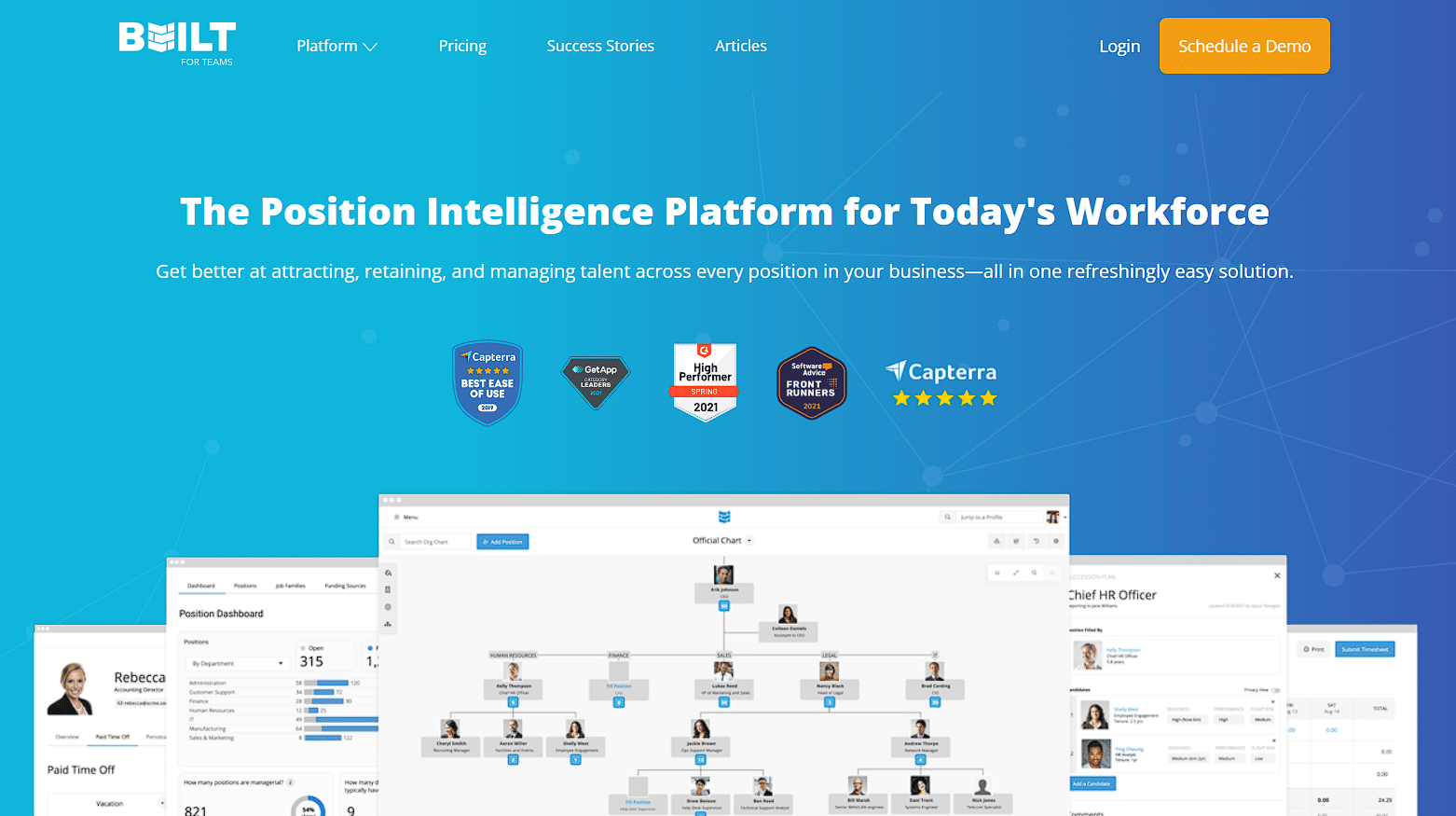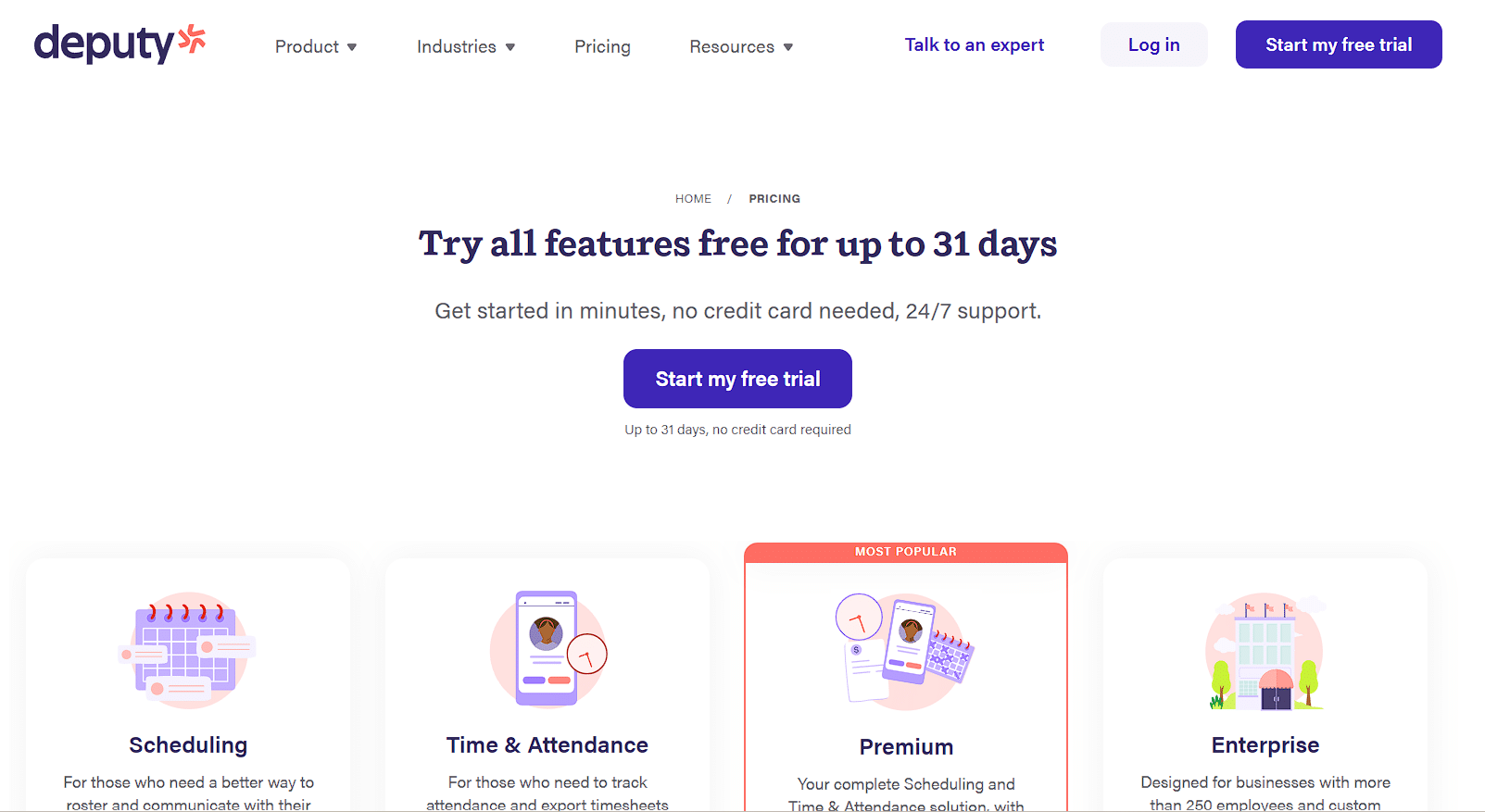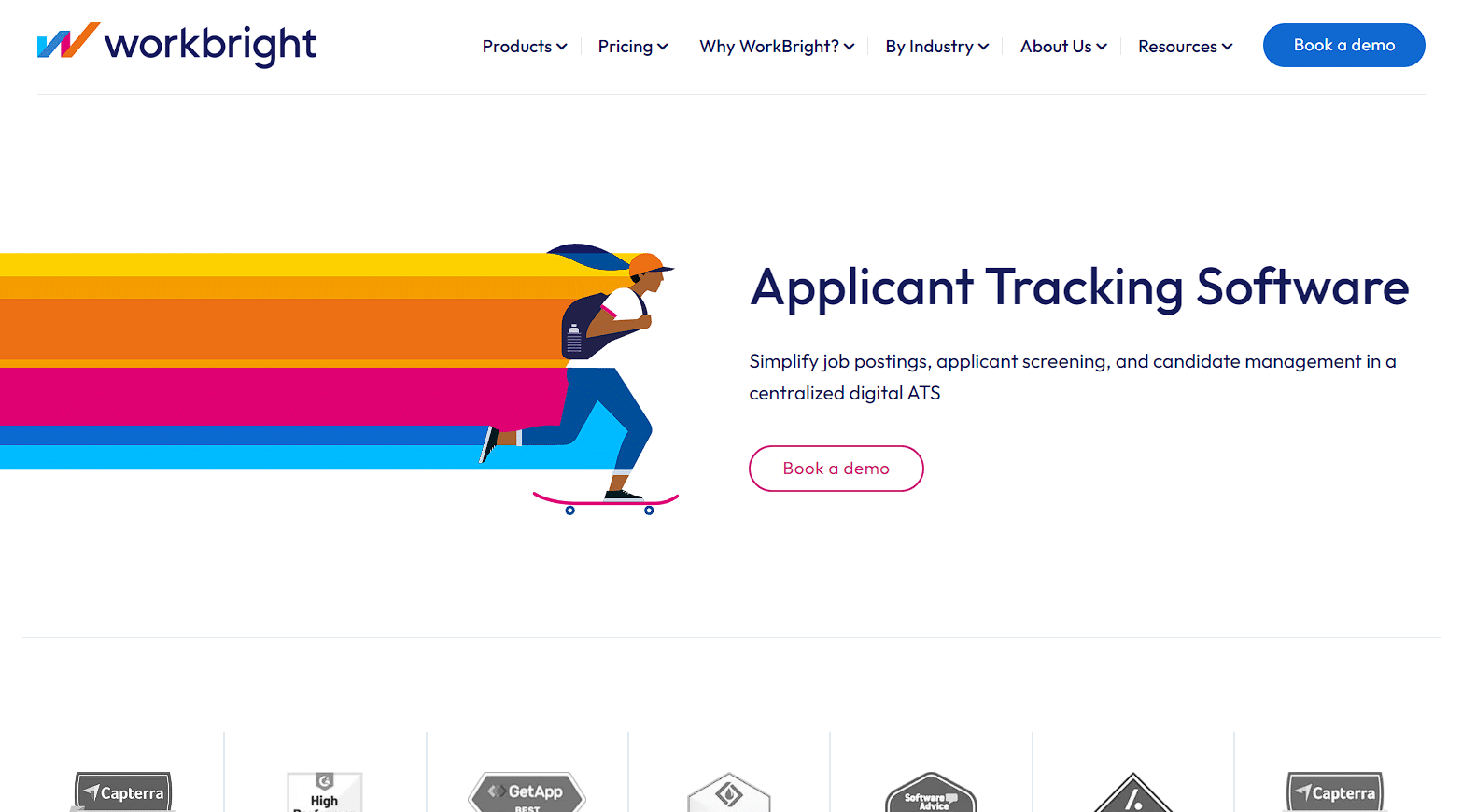HR automation automates routine HR tasks that involve a multitude of documentation and procedures that must be carried out, ensuring efficient and error-free execution and freeing up time for crucial activities that cannot be automated.
Excessive documentation containing employee information and repetitive administrative tasks consumes valuable time that could be better spent on the very essence of HR processes, which is mainly the focus on people, recognizing talents and capabilities, and managing and developing individuals.
Now, let’s delve into what HR automation actually entails, its benefits, and the tools and trends in this field.
What Is HR Automation?
By leveraging technology, HR automation empowers professionals to be more motivated, efficient, and productive.
It automates repetitive technical tasks, freeing up time for HR to focus on advancing and developing the field rather than being bogged down by documentation and procedures.
These routine tasks are automated with various HR automation tools, which free up time for more delicate and consequential activities such as identifying and recruiting the right people for the job.
Benefits of HR Automation
HR automation software handles routine tasks, paperwork, and administration, reducing errors and increasing efficiency, while various HR automation tools provide access to data that improves employee efficiency and development.
Let’s delve into some of the most important benefits.
#1. Improved efficiency
HR automation reduces the time, energy, and concentration spent on administrative tasks such as calculations, data entry, and paperwork. This allows HR professionals to focus on more meaningful aspects of their work, such as employee engagement and development, which ultimately increases employee motivation, efficiency, and productivity.
#2. Actionable insights and data-driven decision-making
HR automation tools analyze employee data, such as productivity, time spent on tasks, and quality of work, providing statistical reports that facilitate strategic workforce management and improvement.
#3. Reduced errors
Automation ensures accurate data entry and minimizes errors that may occur due to human involvement. By automating financial calculations and information input, for example, the risk of errors is significantly reduced, which can save valuable resources.
#4. Advanced communication and collaboration
HR automation software enhances communication across all levels of the organization, making information easily accessible, centralized, and transparent.
This enhances the tracking process, enables effective problem identification, and fosters seamless collaboration, resulting in streamlined task completion and successful goal achievement.
#5. Better experience for job candidates and employees
Optimizing HR processes through automation improves the experience for job candidates by expediting the hiring process, providing prompt feedback, and streamlining interviews.
For employees, HR automation simplifies procedures related to leave requests, work reports, and other administrative tasks, allowing them to focus on their core responsibilities.
8 Examples of Commonly Automated HR Processes
HR automation has indeed accelerated work processes, made them more efficient, and minimized errors. We have listed typical examples of HR processes that have been made more effective and improved through HR automation.
These are:
- Employee onboarding and offboarding. HR automation simplifies the process of integrating employees into the workforce, reducing paperwork and procedures. Employees receive their accounts and are immediately included in the system. Similarly, the transition of employees and their departure from the workplace are streamlined and expedited.
- Administration. Data management, documentation, and data entry are examples of HR automation streamlining administrative processes. Automating such administrative tasks not only saves time but also ensures greater accuracy, organization, and efficiency in handling data.
- Payroll. HR automation tools calculate payroll processing, including salary deductions, increases, contributions, and all related payment aspects. This enables greater data accuracy and timely payments, which was nowhere near as easy with manual data entry and calculations.
- Time management. HR automation improves time management by eliminating the need for manual data entry and calculations. Instead, everything is computerized in terms of tracking employees’ work hours.
The system calculates the time spent on work, completed tasks, overtime hours, and the utilization of leave days, providing a comprehensive overview of time-related information.
- Employee benefits. HR automation facilitates the provision and tracking of employee benefits such as healthcare, life insurance, vacation, and other perks. Extensive documentation and data entry are no longer required. The process is simplified as everything is electronically managed, making it easy to verify and claim benefits.
- Employee performance tracking and management. Various HR automation trends have been introduced to monitor the performance of each employee. This allows for real-time assessment of their contribution, work quality, and overall performance. It enables effective employee management to better track their development, identify strengths and weaknesses, and it enables them to enhance their skills through continuous feedback.
- Leave Requests. Electronic submission and approval of leave requests reduce paperwork, accelerate the notification and approval process, and ensure transparency. The system keeps track of all employees’ leave records, ensuring continuous workflow and minimizing time spent on leave request procedures.
- Preparing and processing tax forms. HR automation tools have simplified the preparation of tax documents and the overall process of filling out tax forms. With the input of relevant data, the system automatically processes and verifies the information, aligning it with tax regulations. This minimizes errors and increases efficiency in handling tax-related matters.
Challenges in HR Automation
The goal of automating HR procedures is to increase work productivity through various HR automation techniques. To successfully achieve this, it is critical to recognize that this is a multi-step process involving the entire workforce, management, and clients.
Let’s see what the challenges encountered in HR process automation are, namely:
- Doubling down on a flawed process. When deciding to automate specific work processes, it is important not to make the mistake of automating an already flawed way of working. Repeating a known method without making any changes or improvements is counterproductive and can affect overall efficiency. It is essential to stay updated with innovations and continuously enhance the system to optimize the workflow.
- Depending on a few personnel. Having HR process automation tools in the hands of a few people can lead to problems. When only a few individuals possess the knowledge and expertise to operate the system, the organization becomes vulnerable to disruptions in the event of absence, resignation, or any unexpected circumstances affecting those individuals.
- Security and privacy. Transitioning to a digital system increases the risk of misuse and unauthorized access to organizational information and confidential employee data. Therefore, it is necessary for the entire organization to be aware of this and establish robust security systems to control information access and flow while adhering to data privacy regulations.
Indeed, HR process automation simplifies and improves many aspects of HR workflow, but it is crucial to recognize the importance of the human factor, which cannot be automated.
Machines cannot replicate the commitment and responsibility that people bring to their work. The effectiveness of their performance depends on the organizational culture and how individuals are treated within the organization.
Therefore, do not overlook human relationships, but build trust and integrity and foster open communication and collaboration. By prioritizing these aspects, you can easily achieve high levels of productivity and success.
5 Best HR Automation Tools in 2024
The HR profession has seen many different tools that try to automate work processes to make them more efficient, faster, and better.
HR automation tools are based on artificial intelligence and machine learning, allowing HR to focus on strategic human resource management.
Let’s take a look at the functions provided by the five most recognized HR automation tools, namely:
#1. SAP SuccessFactors
This is an automation tool that encompasses numerous HR functions, enabling better employee management, growth, and satisfaction. It provides employees with transparent information about their benefits, as it easily tracks their attendance, overtime, leave, and bonuses.
On the other hand, employee analysis ensures that clients are always informed about their employee’s performance, compensation, goals, and overall engagement in their work. The tool also includes a mobile application for convenient access.
Moreover, it covers onboarding, marketing, and recruitment advertising, all following objective principles to align business objectives with employee goals.
#2. Built for Teams
Built for Teams is an automation tool that simplifies HR procedures by providing visual tools that allow you to have visibility into positions within your organization, making it easy to track changes or make reorganizations. It also includes payroll functions, enabling you to monitor your budget, budget outflow, and many other financial processes.
#3. BambooHR
Founded in 2008, BambooHR helps organizations manage their workforce with ease and efficiency and simplifies HR processes, from recruiting and onboarding to performance management and time tracking.
One of the standout features of BambooHR is its applicant tracking system, which helps recruiters find, screen, and hire top talent. The software also includes performance management tools that allow managers to set goals, track progress, and provide feedback to their team members.
BambooHR can be accessed from anywhere, at any time, on any device. It also integrates seamlessly with other business software, such as payroll and benefits platforms.
#4. Deputy
Deputy is another management software that was founded in 1992 in response to the rapid organic growth experienced by its founder and the need to save time by automating daily processes.
What does the Deputy offer?
Well, for $4.5 per month, you can activate the premium package, which will provide you with the necessary assistance when it comes to employee schedules, tracking employee hours and pay rates, timesheets, payroll processes and integration, employee performance tracking, and much more.
In addition to the premium package, Deputy also offers the option of purchasing scheduling, time, and attendance features individually, as well as a special package designed to meet all the needs of a company employing up to 250 employees.
#5. WorkBright
WorkBright is a cloud-based HR software that streamlines the employee onboarding process for companies of all sizes.
The software offers a wide range of features to simplify the onboarding process, such as e-signatures, document management, background checks, and compliance tracking. Additionally, employers can create custom onboarding workflows that fit their specific needs and complete their onboarding tasks on their smartphones or tablets.
WorkBright also integrates with other HR software, such as payroll and benefits platforms, to provide a complete HR solution.
Features to Look For in HR Automation Software
When choosing the right HR automation software, it is important to have insight into its characteristics and your existing organization in order to find the software that best fits your company’s structure.
In the following text, we will present the most important features and how they contribute to the improvement and enhancement of HR processes.
Quick Integration. Select software that seamlessly integrates with your organization’s existing structure and processes, facilitating a smooth transition without any big disruptions or downtime.
- Recruitment and hiring tools. Look for software that simplifies candidate selection, streamlines the interview process, and enables efficient evaluation and classification. The software should help identify quality candidates and easily conclude whether the future candidate will respond and contribute to the goals of your organization.
- Payroll and benefits tools. Choose software that handles payroll processing, tracks employee salaries and benefits, and ensures the completeness and transparency of this crucial information. Payroll and benefits are vital considerations for job seekers, so accurate and transparent data management is essential.
Actionable Insights. Choose software that empowers you with actionable insights derived from comprehensive data analysis. This feature enables you to make well-informed business decisions based on the valuable information you gather.
- Data management and analytics tools. Opt for HR automation software that efficiently collects, processes, and safeguards all pertinent data, including employee details, projects, and ideas. It should provide easy accessibility to this data while offering robust analytical capabilities. This enables you to leverage quantitative and qualitative performance insights, empowering you to reorganize staff or adjust workflow processes as necessary.
Automated Alerts. Ensure the software includes reminder features for key milestones and other important events. This minimizes the risk of overlooking critical dates, important tasks, meetings, and other time-sensitive activities, keeping you informed and enabling proactive action.
- Efficient workflow tools. Eliminate unnecessary paperwork by using software that digitally tracks employee work hours, attendance, and absences. This feature simplifies the documentation process and provides a centralized system for managing employee-related data.
- Performance evaluation tools. Look for features that facilitate performance evaluation through goal setting, task deadlines, tracking employee progress, and monitoring completed work. Such tools enable ongoing performance assessment and accountability while giving employees a clear understanding of expectations and encouraging their continuous improvement.
Conclusion
You had the opportunity to read that HR automation offers different-sized businesses benefits, such as streamlining HR processes, reducing manual errors, and increasing efficiency. It can be applied in various areas, such as recruitment, onboarding, performance management, and compliance.
However, the human element remains crucial in the HR profession. HR professionals play an essential role in managing employee relations and providing support and guidance.
Looking ahead, the combination of HR automation and the human touch will continue to shape the future of HR, providing a balance between efficiency and the human element.



